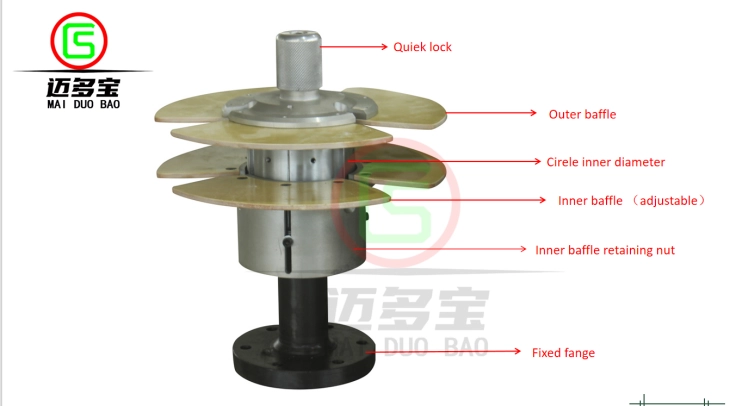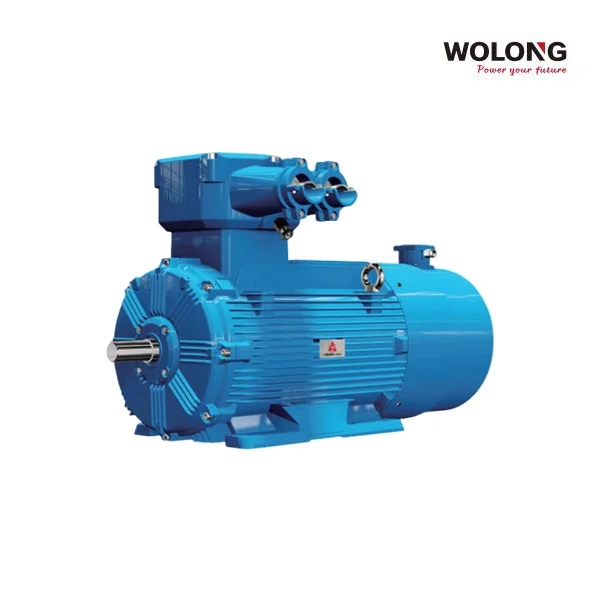In the realm of automotive engineering, the fuel pump plays a crucial role in delivering the lifeblood of an engine – fuel. Understanding how a mechanically operated fuel pump is driven is essential for anyone seeking a comprehensive knowledge of automotive systems. In this blog post, we will delve into the intricate workings of a mechanically operated fuel pump, exploring its components, operation, and significance in the overall functioning of an engine.
- The Anatomy of a Mechanically Operated Fuel Pump:
A mechanically operated fuel pump consists of several key components that work in harmony to ensure a steady flow of fuel to the engine. These components include the diaphragm, inlet and outlet valves, pushrod, and camshaft. Each element plays a vital role in the pump's operation, ensuring efficient fuel delivery. - Fuel Pump Operation:
The process of how a mechanically operated fuel pump is driven can be broken down into several stages. Firstly, as the engine rotates, the camshaft, which is connected to the crankshaft, initiates the movement. The camshaft's lobes push against the pushrod, creating a reciprocating motion. This motion is then transferred to the diaphragm, which acts as a pump chamber.
As the diaphragm moves downward, it creates a vacuum within the pump chamber, causing the inlet valve to open. This allows fuel to enter the chamber from the fuel tank. Simultaneously, the outlet valve remains closed, preventing fuel from flowing back into the tank. When the diaphragm moves upward, the inlet valve closes, and the outlet valve opens, forcing the fuel to flow towards the engine.
- Significance in Engine Performance:
The mechanically operated fuel pump plays a critical role in maintaining the engine's optimal performance. By delivering a consistent flow of fuel, it ensures that the engine receives the necessary fuel-air mixture for combustion. Any malfunction or inefficiency in the fuel pump can lead to engine misfires, reduced power output, and even engine stalling. - Maintenance and Troubleshooting:
To ensure the longevity and reliability of a mechanically operated fuel pump, regular maintenance is essential. This includes inspecting and cleaning the pump's components, checking for any signs of wear or damage, and ensuring proper lubrication. Additionally, understanding common fuel pump issues such as clogged filters or worn-out valves can aid in troubleshooting and prompt resolution.
Conclusion:
The mechanics behind a mechanically operated fuel pump are intricate yet vital for the smooth functioning of an engine. By comprehending the interplay of its components and understanding its operation, automotive enthusiasts and professionals can better appreciate the significance of this essential component. Whether it's maintaining optimal engine performance or troubleshooting fuel delivery issues, a well-functioning fuel pump is indispensable in keeping vehicles on the road.





